Energy Policies
The world is changing immensely due to CO2 emissions; it can not keep pace naturally. Therefore, saving energy is more important than ever today. The construction business may contribute to this saving by insulating the buildings thermally. The heating and cooling of buildings have a ratio of %48 at Europe’s final energy consumption. Heat transfer may occur at every surface of the building, but windows and other openings create most of the energy loss. Besides the doors and windows, builders may focus on the insulation on the walls, roofs, and floors to reduce the loss in total.
From the European perspective, the aim is to reduce emissions by %60 by 2030. According to the EEA (European Energy Agency), limited land will be available for wind and solar energy plants in the long term. Emissions can not be reduced just by replacing the energy source with green energy. This means fossil fuels will remain for a long time and may create additional regulations. Therefore, it is crucial to save energy even in the buildings.
There are two main objectives in the calculation of the energy performance of the building. One is the heat transfer at the surfaces. The second is the air tightness. These two parameters can be calculated or tested with international standards such as EN ISO 6946, EN 13829:2001, ISO 9972:2006, AISI S250, ASTM E779-10, ATTMA TS1, ICC IECC-2018 etc.
Sample Detail
Cold-formed steel assemblies have cavities between profiles, and these spaces may be filled with insulation materials. Additional covering materials or layers may prevent thermal bridging. Interior-outer cladding and filling material inside the cavity can be used as a standard detail in the light-framed construction industry. In order to maintain the required heat insulation, detail in Figure.1 may be used. Evaluation of the R-value, which describes the thermal resistance, can be done with the guidance of the codes.
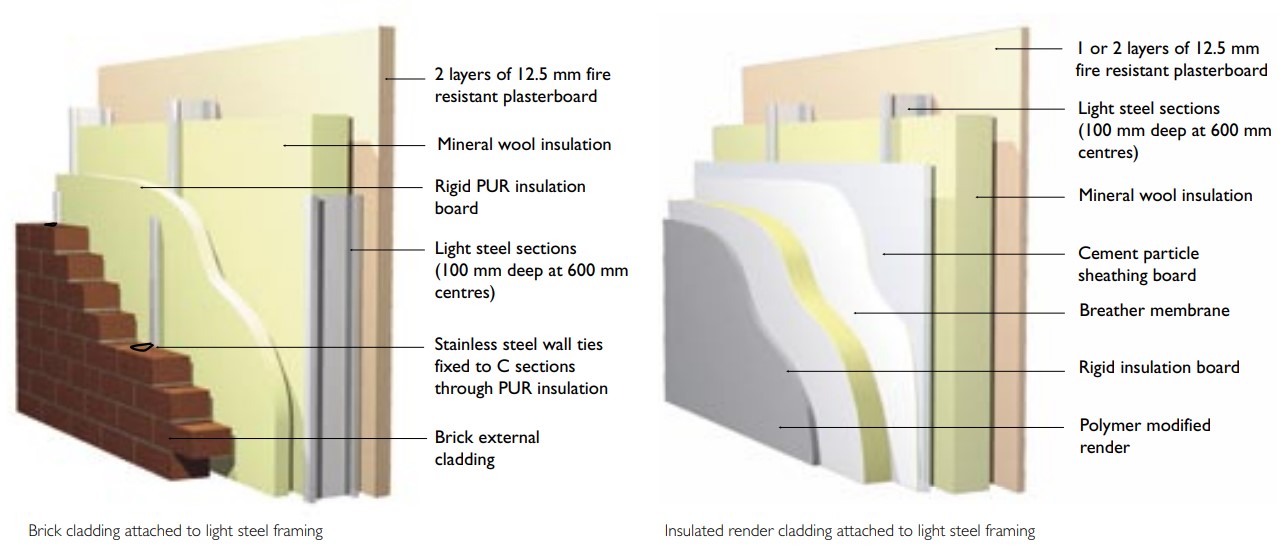
Figure 1. General detail for cold-formed steel wall assemblies. Ref: SCI P386.
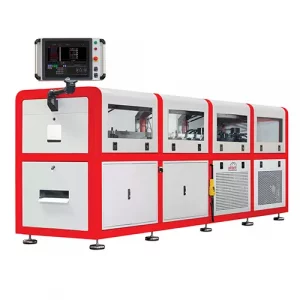
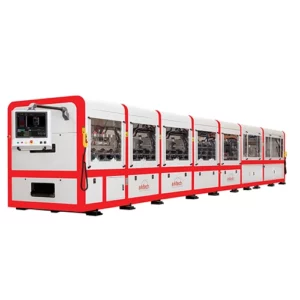
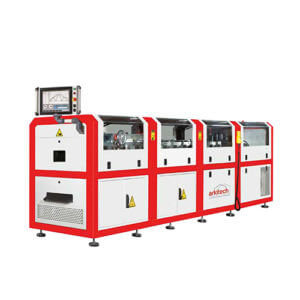
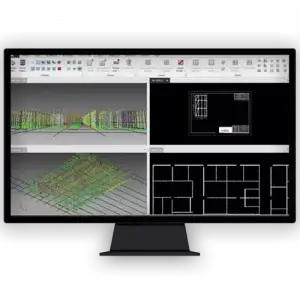
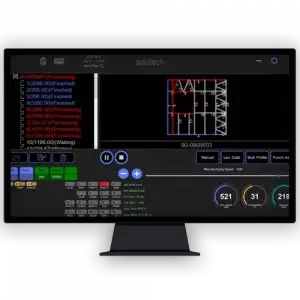
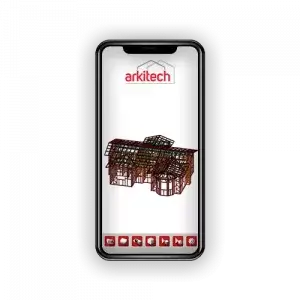
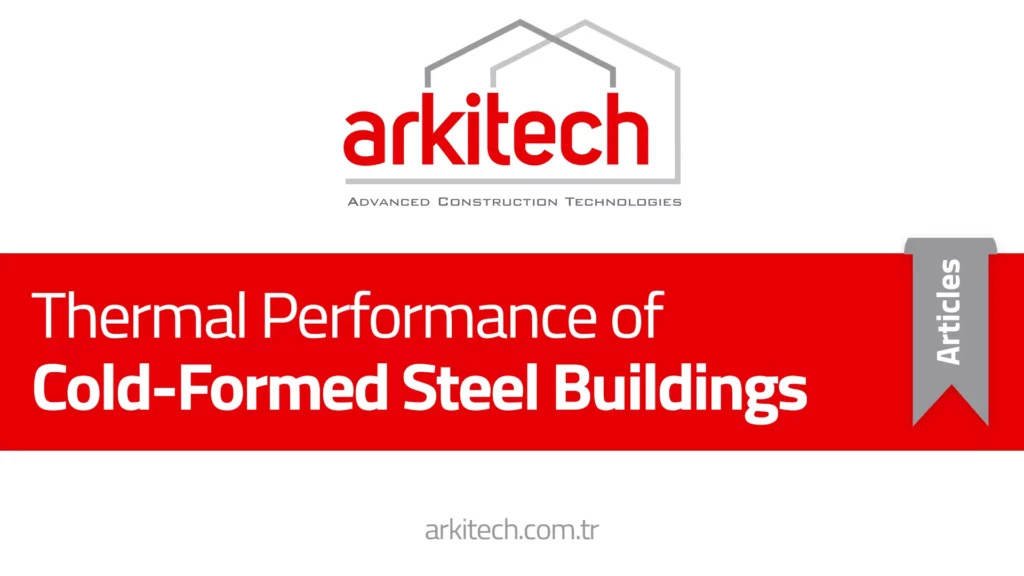

 by
by